Newsletter Edition 18 - September 2020


The recognition of secondary meaning (acquisition of trademark distinctiveness through use) and its vulgarization (due to the loss of distinctiveness) must be discussed within the scope of the BPTO, pointed out lawyers Carlos Eduardo Neves de Carvalho and Lelio Schmidt, in a debate that also counted with the participation of Silvia Rodrigues, a senior examiner of Trademarks at the BPTO, on September 20th in the webinar “Secondary Meaning, Vulgarization, and the BPTO”. The event was organized by ABPI’s Trademarks Study Committee and moderated by coordinators Alexandre Fragoso and Diana Marques Vieira de Mello.
Both the secondary meaning and the vulgarization of the trademark are not provided for in the Industrial Property Law (Law 9.279/96), and therefore are not recognized by the BPTO either, explains Silvia Rodrigues, adding that the processes related to these requests are evaluated by the administrative bodies and by the specialized attorney’s office of the institute. She cited examples of trademarks that, when granted, were “fanciful or suggestive” and came to be related to the product or service. Rodrigues also mentioned that the BPTO applies “a certain vulgarization of trademarks, within certain parameters” when granting requests comprising these trademarks to more than one owner, in recognition of the evolution of the language. “With the end of the backlog, now is the time to better discuss these issues”, said the examiner, who holds a master in Public Administration from the Getúlio Vargas Foundation, and is a doctoral student at the BPTO Academy.
The lawyer Carlos Carvalho, author of the book “Acquisition and loss of trademark distinctiveness”, showed that the secondary meaning and vulgarization of the brand were incorporated into the Brazilian legal system under Art.6 Quinquies of the Paris Convention for the Protection of Industrial Property. According to him, the degeneration or vulgarization of a trademark is characterized by the consumer’s perception in identifying the trademark as synonymous with the product or service itself, and even by its use in a descriptive way by competitors.
For lawyer Lelio Schmidt, master and doctor of law from the Pontifical Catholic University of São Paulo (PUC), the transition from secondary meaning to vulgarization is like a movie that accompanies the life of a trademark. “In the beginning, the trademark gains distinctiveness and over time it turns into a common name and becomes commonplace”, he said. “And therein lies the question, whether it would still be justified for this registration to be maintained when the holder uses it to litigate against third parties”. He stated that as Brazilian law did not regulate the two ways of acquiring and losing the distinctiveness of a trademark, there was an interpretative space, and people use international treaties that recognize both phenomena.
You can watch this and several other ABPI webinars on the YouTube Channel of the Association.